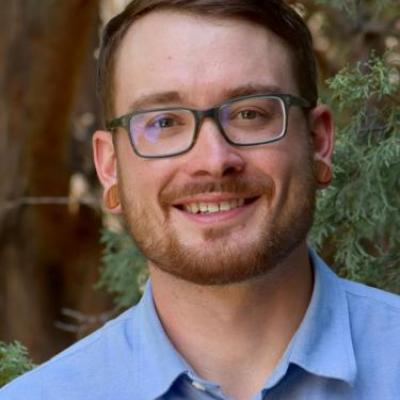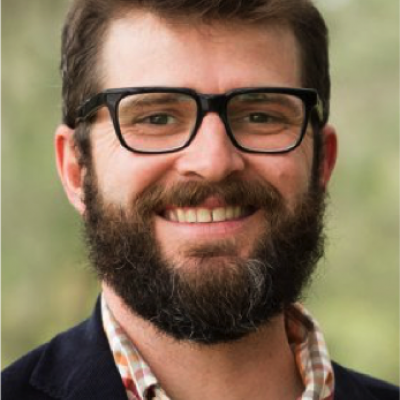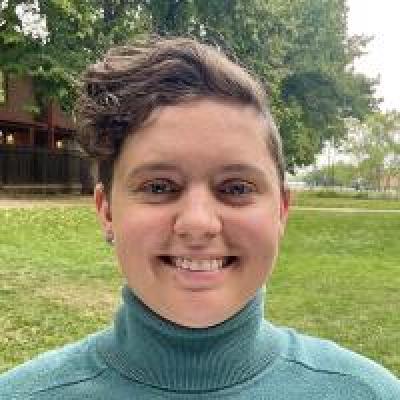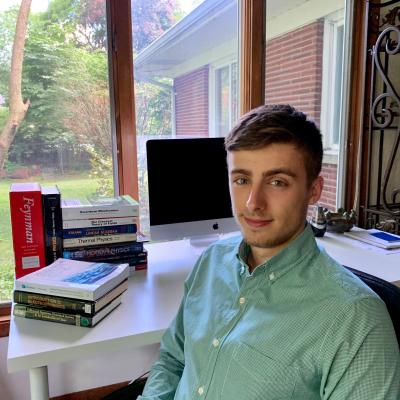Characterizing fire refugia in western forest ecoregions 1986-2021
EDS Seminar Speaker Series. Rud Platt discusses characterizing fire refugia in western forest ecoregions 1986-2021
Date: Tuesday, February 14th, 2023
Title: Characterizing fire refugia in western forest ecoregions 1986-2021
Speaker: Rutherford (Rud) Platt. Professor of Environmental Studies, Gettysburg College
Abstract:
In the western USA, fire frequency/extent have increased due to climate change, fire suppression, and increased ignitions. However, evidence is less conclusive about changes to the severity and completeness of burning. Most fire perimeters contain fire refugia, islands of unburned or less impacted areas within a fire perimeter that act as seed sources. Using Google’s Earth Engine image processing and analysis platform, we processed all available Landsat imagery to identify refugia within the perimeters of large wildfires (405 ha+) in 16 forested ecoregions of the western United States. We asked (1) How have fire refugia changed 1986-1999 vs 2000-2021? (2) Are fire refugia related to fire severity, topography, and other biophysical factors? We found that overall, the % refugia within fire perimeters has not changed significantly between time periods. As fires increased in size, the total refugia area, # of refugia patches, and maximum refugia patch size per fire all increased proportionally. % refugia has changed in specific ecoregions, most notably increasing in AZ/NM. Using Generalized Boosted Regression, we found that the most important predictors of % refugia are related to fire severity. Specifically, fires with high % refugia tend to have lower and more variable fire severity in non-refugia areas. The slope of these relationships are consistent across ecoregions, though the intercepts vary. Surprisingly, topography and fire weather had little association with % refugia at the fire level. Our results suggest that more severe and uniform fires burn more completely, leading to a lower % of refugia. We did not find an overall change in % refugia perhaps because the factors promoting a larger burned area (e.g. night burning, longer fire season, increased ignitions) are not necessarily associated with higher severity. The increase in % refugia specific to AZ/NM may be due to the extensive increase in fuel treatments since 2000. The next steps of this study are to assess the connections between refugia and forest type/fire suppression/overlapping fires, and evaluate the implications for forest management.
Biography:
Rud Platt is a professor of environmental studies and director of the GIS lab at Gettysburg College in Pennsylvania, where he teaches courses in remote sensing, GIS, and environmental science. Rud’s research broadly relates to land systems science, the study of land cover and land use as a coupled human-environment system. He is particularly interested in the dynamics of the Earth’s wildland-urban interface (WUI), including the relationships between wildfire hazard, forest management, land use change, and climate change. His study areas are situated within the Rocky Mountain West, the Marcellus Shale Region of Pennsylvania, and the Terai Arc Landscape of India. Rud received his Ph.D. Geography from CU Boulder in 2004 and is currently a visiting scholar at the CIRES Earth Lab.




